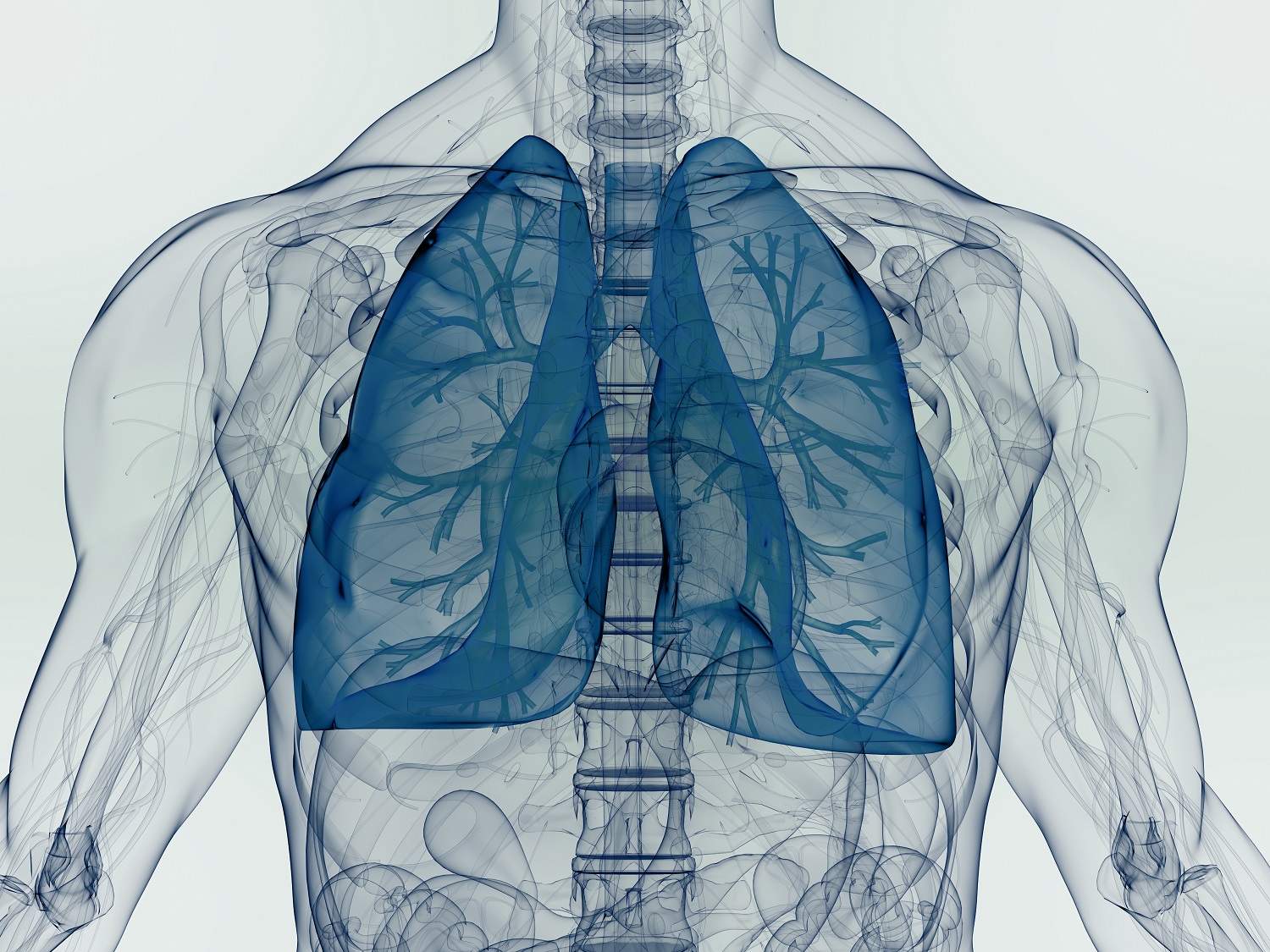The GLI equations are comprised of an equation that requires an additional spline function from a look-up table. This spline function helps to improve the accuracy in which normal lung growth and decline are characterised and avoids misinterpretation of spirometry data. The GLI team have developed several tools to facilitate the use of these equations for research, education and training purposes. We have also worked closely with manufacturers to ensure timely installation in commercially available devices.
For an Individual Subject
To calculate z-scores, percent predicted or the lower limit of normal for an individual subject we have developed a desktop programme as well as an Excel programme. Both are easy to use, and simply require entering a subject’s age, height, sex, ethnic group and observed values.
To calculate z-scores, percent predicted or the lower limit of normal within your existing pulmonary function testing equipment, please contact your manufacturer and provide them with a link to this website.
Data Set
For existing data sets, or research studies we have developed several macros for different software to facilitate this. There is a desktop programme that will read .dat (tab delimited) files, an Excel macro embedded within a spreadsheet that simply requires you to copy/paste or input an existing spreadsheet. An SAS macro programme, as well as an R programme script will be uploaded shortly. All have been tested for accuracy, but potential bugs may exist. Please contact the analytical team if you incur any problems. The analytical team does not provide support for using these macros. These programmes are not yet compatible on Mac devices.
Source Code
Software developers or individual users can access the source code for programming the GLI equations. The source will be available on the website short, in the meantime you may contact the analytical team.

 ERS Respiratory Channel
ERS Respiratory Channel
 ERS Respiratory Channel
ERS Respiratory Channel





